12 Disturbing Events That Crushed People’s Spirits

Octopuses have 3 hearts. Two of them pump blood to the gills while the bigger heart circulates blood to the rest of their body. They also have 9 brains. There’s the large central one. But also, each of their 8 arms has a mini-brain of its own, which is why they can act independently. Since each arm has its own brain, the central brain only sends a higher-level signal to the arm. Things like “move to that nearby crevice, there might be a crab hiding inside”.
In the case of humans, the brain would guide and take control of each movement of our legs and arms. And with an octopus, arms act almost independently on their way to the crevice. It also tastes and feels with the suction cups on it. Since their arms are so independent, an octopus doesn’t actually know where they are unless it sees them. The human body has an ability called proprioception. Thanks to it, we know where our arm is even if we hold it, let’s say, behind our back.
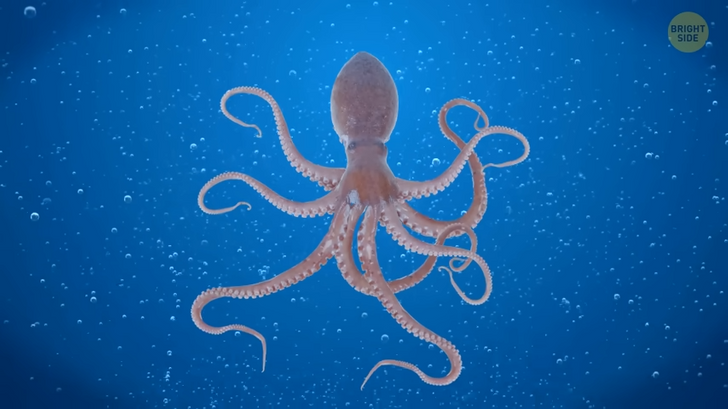
1816 is known as the year when summer didn’t come. In April 1815, there was a massive explosion on Mount Tambora in Indonesia. It sent enormous clouds of volcanic ash up into the atmosphere. The majority of the Northern Hemisphere got covered with a shroud of dust and dirt and kinda refused to settle. In June of the following year, the cold winter just didn’t come to an end.
Frost damaged crops, and snow and rain persisted during the whole summer. In Iceland, you’ll find some of the most breathtaking sceneries on our planet. Jagged mountains, fjords, hot geysers, ice fields carved into the landscape, stunning yet intriguing black-sand beaches — such as Reynisfjara [Rain-is-fyara] beach. Most of the sand on beaches generally formed from rocks that have broken down because of weather changes and erosion through thousands or even millions of years.
And on Reynisfjara, the sand is a striking black color — and that’s because of volcanic activity. Lava came out from an erupting volcano, got to the surface, cooled, and then hardened in the Atlantic Ocean, creating such a fascinating black hue. This beach is so magically stunning, but also very dangerous because of its sneaker waves. That’s when a few smaller waves join together into a single really big one. This phenomenon can happen when ocean currents force waves together or, in the case of Reynisfjara, when such waves come from an offshore underground cliff and get an even stronger pulling effect. Considering the ocean’s low temperatures too, it’s definitely better to just take pictures from a safe spot.
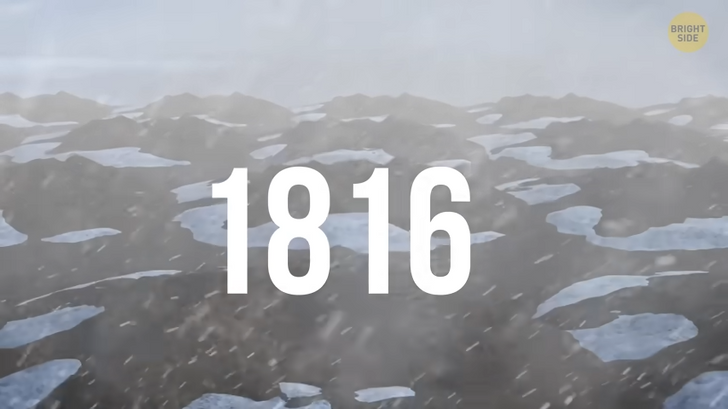
Some trees talk to each other. Not the way we do, of course, but, for example, acacia trees — that grow over the African savannah — can warn each other if there’s something dangerous coming. When some animals such as antelopes gobble up its leaves, the tree immediately starts producing more tannin, which is toxic to animals. They also emit a special type of gas that travels through the air and warns other trees they should protect themselves too.
You’re stargazing, such a chill night, and then a flash of bright light streaks through the night sky! A shooting star, so cool! But what we see is not actually a star, although we call it that way. They’re meteors, which are basically small chunks of dust and rock moving through space. As they’re passing through our atmosphere, they cause something called friction — when one thing rubs against another. And that’s why they glow.
Also, the friction causes heat. Dust and rocks get extremely hot as they fly through the atmosphere, and the heat makes them glow until the moment they burn out and turn into what we call the shooting star. Sunsets in deserts are extremely beautiful because of the spectacular colors they produce a bit more than elsewhere. Sunlight consists of various shades of the color spectrum. When the Sun is high in the sky, these colors mix together and our eyes see them as white. But as the Sun goes lower, its rays have to go through a thicker layer of atmosphere before they get to us.
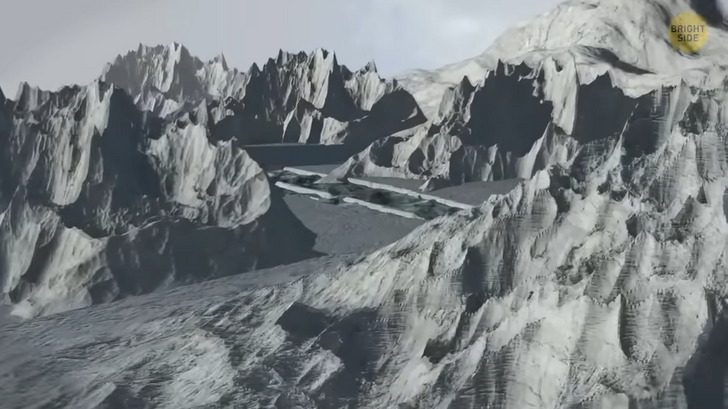
The atmosphere then scatters shorter wavelengths of light — like blue and purple — before we can even see them. That’s why the longer orange and red wavelengths stand out. In urban environments, air pollution can make sunset colors duller than elsewhere. The clean air in deserts allows the vivid colors coming from the Sun to shine through at twilight. Also, the moisture — water vapor and rain-engorged clouds — can mute the sunset’s hues. Since there’s no rain, clouds are thin and wispy, so they filter and reflect sunlight instead of blocking it.
Bamboo grows really fast. It’s actually the fastest-growing plant on Earth, sometimes growing about 3 feet in just one day. You can find it in dense forests where only little light gets to the ground, which means bamboo is under strong pressure to reach the sunlight as quickly as it can. There’s an underground stem [rhizome] that connects bamboo shoots to their parent plant, so the shoot doesn’t really need leaves of its own until it gets to its full height. Also, bamboo grows faster than other plants because it doesn’t waste its time and energy on growing rings that thicken the stalk. It’s just a thin hollow stick that grows straight up.
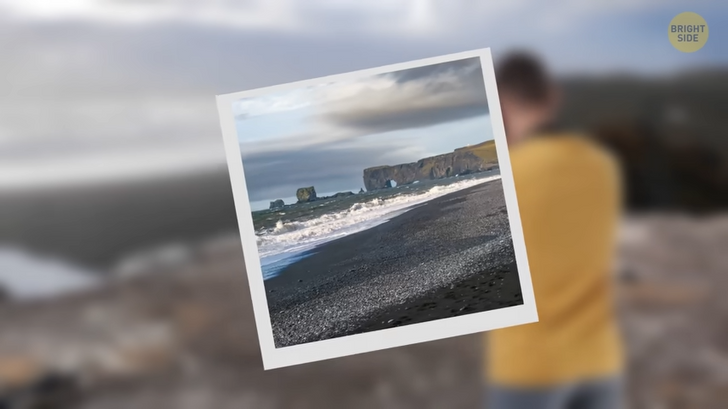
You’ll notice some of the big trees have shallow root systems, sometimes even 10 inches deep in the ground. The roots generally need access to oxygen and water, and they can mostly find it in special underground pockets called soil pores. When a tree has ideal moisture and soil conditions, it can send roots deeper down under the surface and get what it needs.
But most of the time conditions are not perfect considering bedrock, stones, and compact soil that physically prevents the roots from going down. Such obstacles also prevent the roots from getting the needed oxygen. So when life gets tough, the tree will take an easier option. Its roots will stay close to the surface and spread out in different directions. Drought conditions are another reason trees can have shallow root systems. By staying closer to the surface, they can take the most of the rainfall collection.
Plants are exposed to the sunlight most of the time, but they still don’t get sunburn. They appeared on land about 700 million years ago, and one of the key things they needed to survive was something that would protect them against the ultraviolet (UV) rays coming from the Sun. Those in the sea had seawater as protection. UV radiation is mostly responsible for sunburn, so land plants developed a special protein [UVR8] that detects it. This protein sends signals to the cells to protect the plant from the damage and effects of UV radiation. Basically, it’s like they produce their own natural sunscreen. But this still doesn’t mean they’re 100% protected.
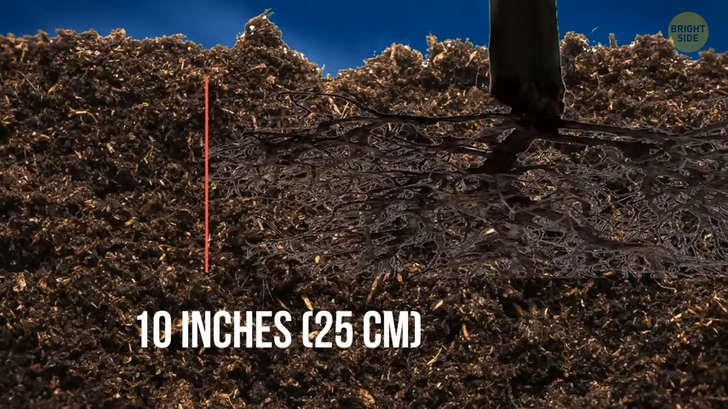
You know that common belief that if you water plants in the midday sunshine, this can cause their sunburn? Some think droplets of water act as tiny lenses and then focus the sunlight onto the leaf surface. But they’re not “strong” enough to actually focus sunlight from a water droplet onto the surface of a leaf. It’s just that their “natural sunscreen” doesn’t mean total protection — too much exposure to UV radiation damages cells in the leaves and bark of the majority of plants.
Earth’s core is as hot as the surface of the Sun. You’d think it could easily melt our entire planet, especially since the core is only 1,800 miles away from the surface. If the Sun were so close, we’d be like French fries. But we’re alive because the center of the Earth is surrounded by a mantle of rock that’s mostly solid. The crust we walk on actually floats on that mantle and protects us. If the Sun was close, we’d only have empty space to protect us — And you and I wouldn’t be talking. Also, to melt the entire planet, you’d need way more energy than the heat in its core. So there.











